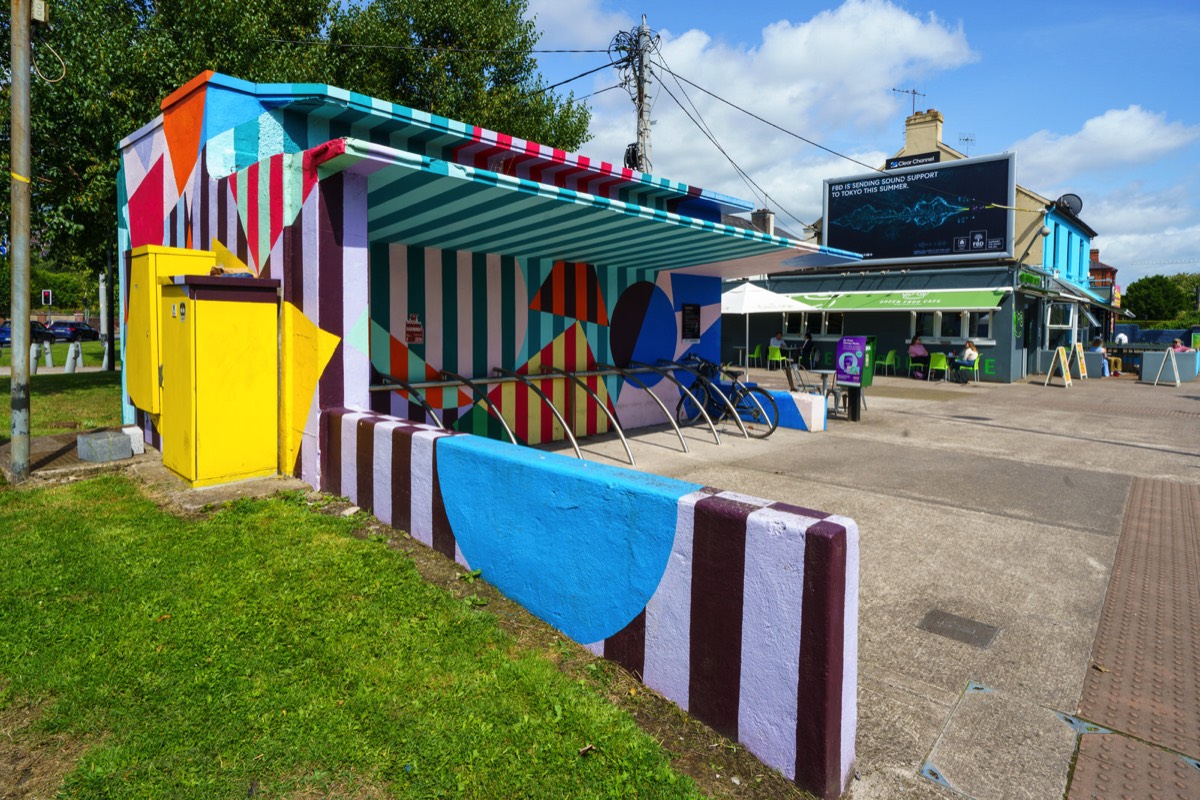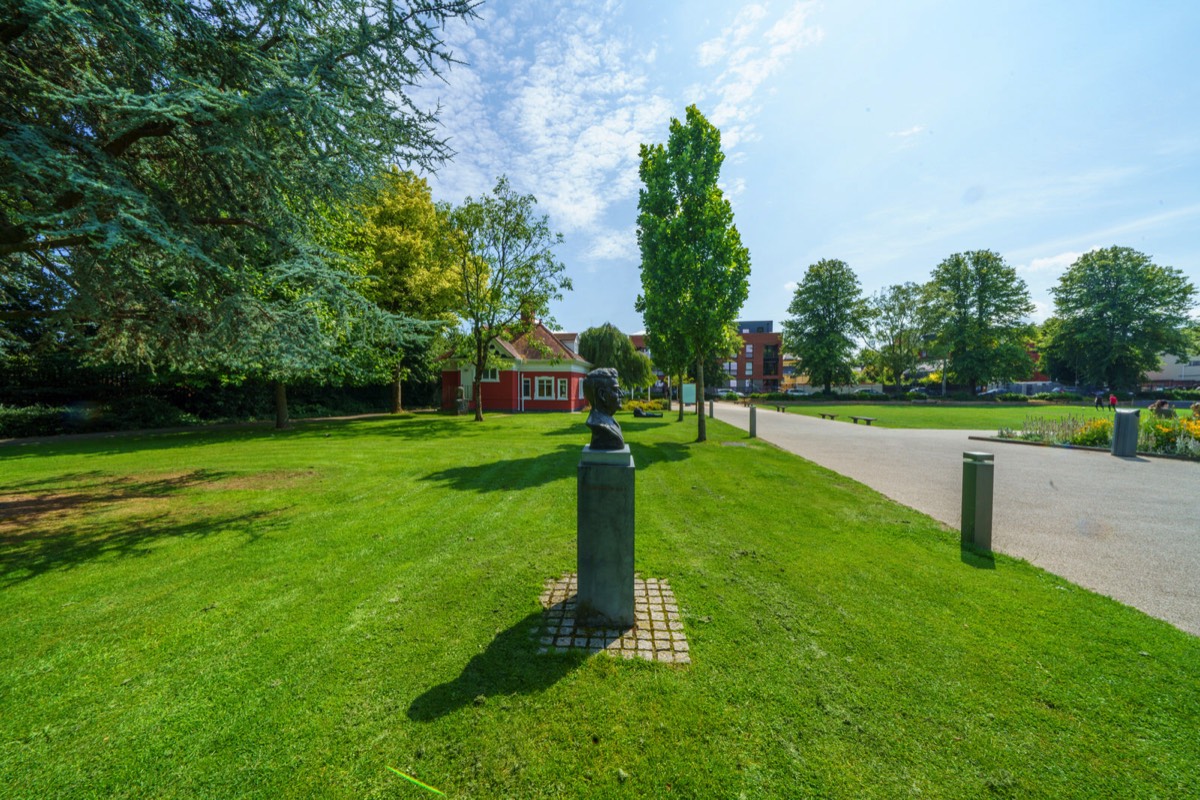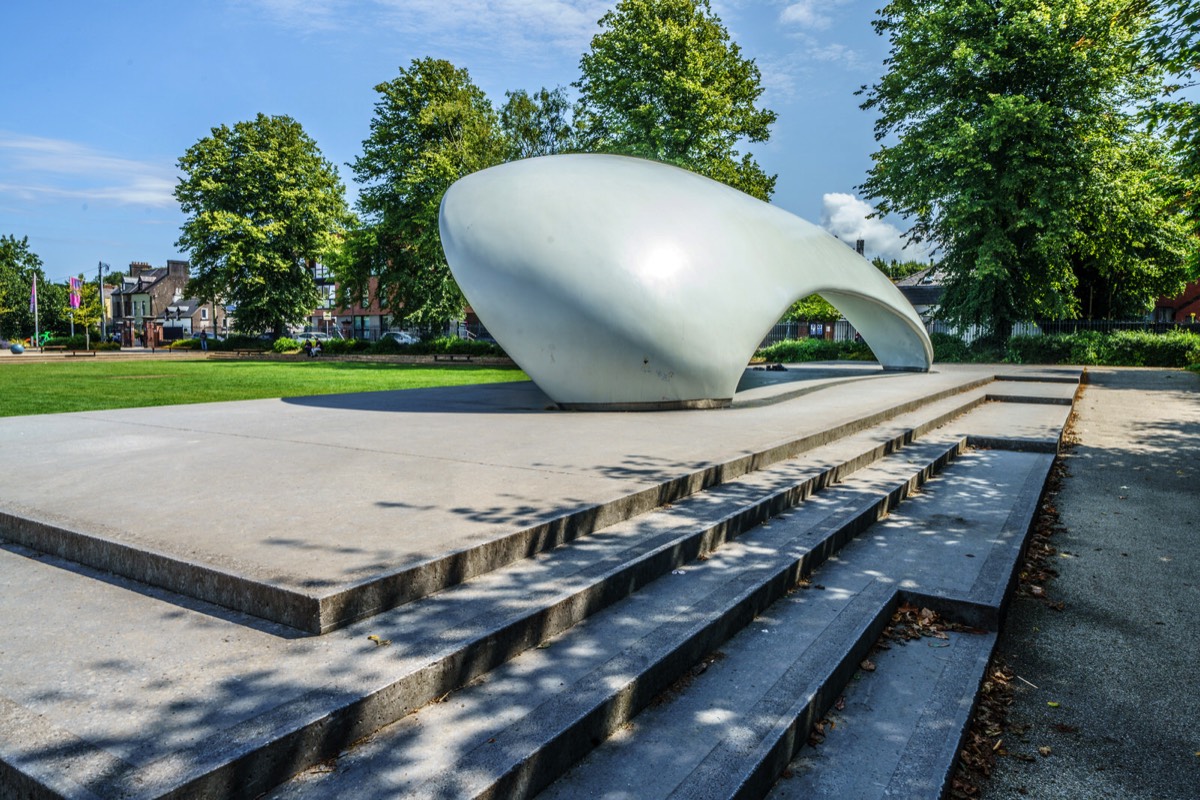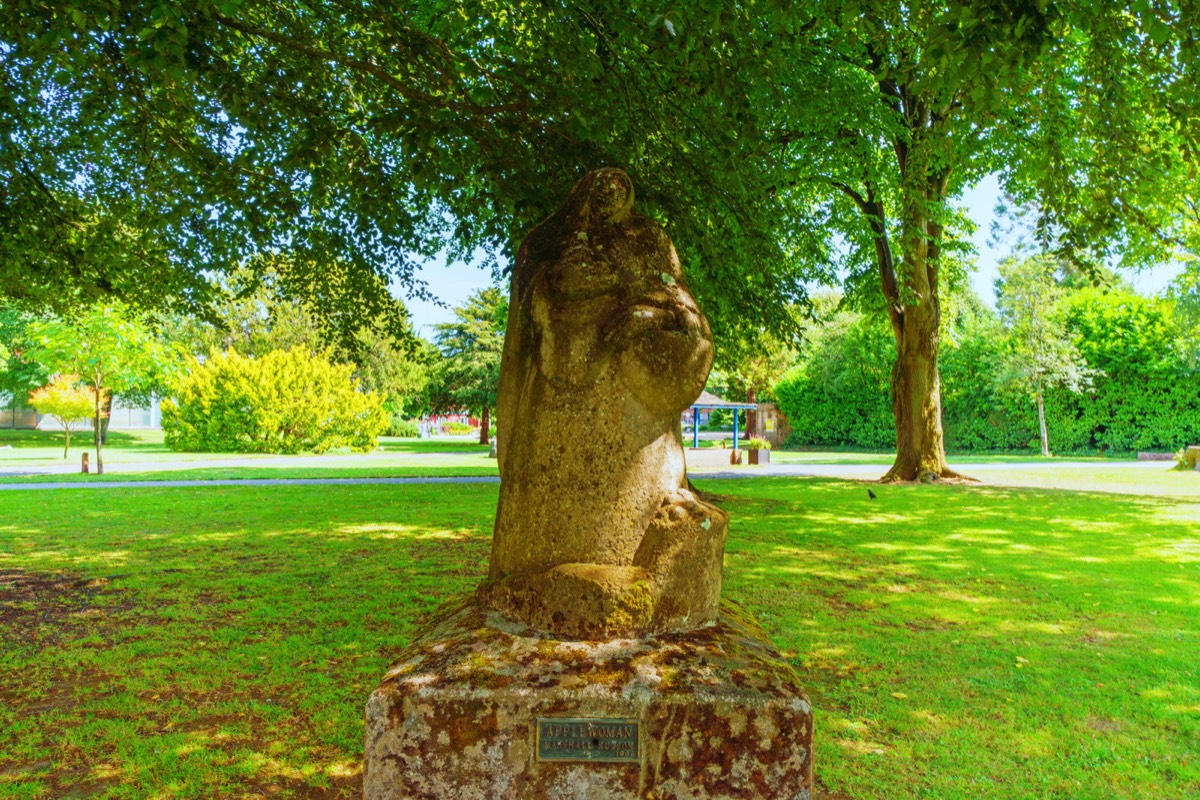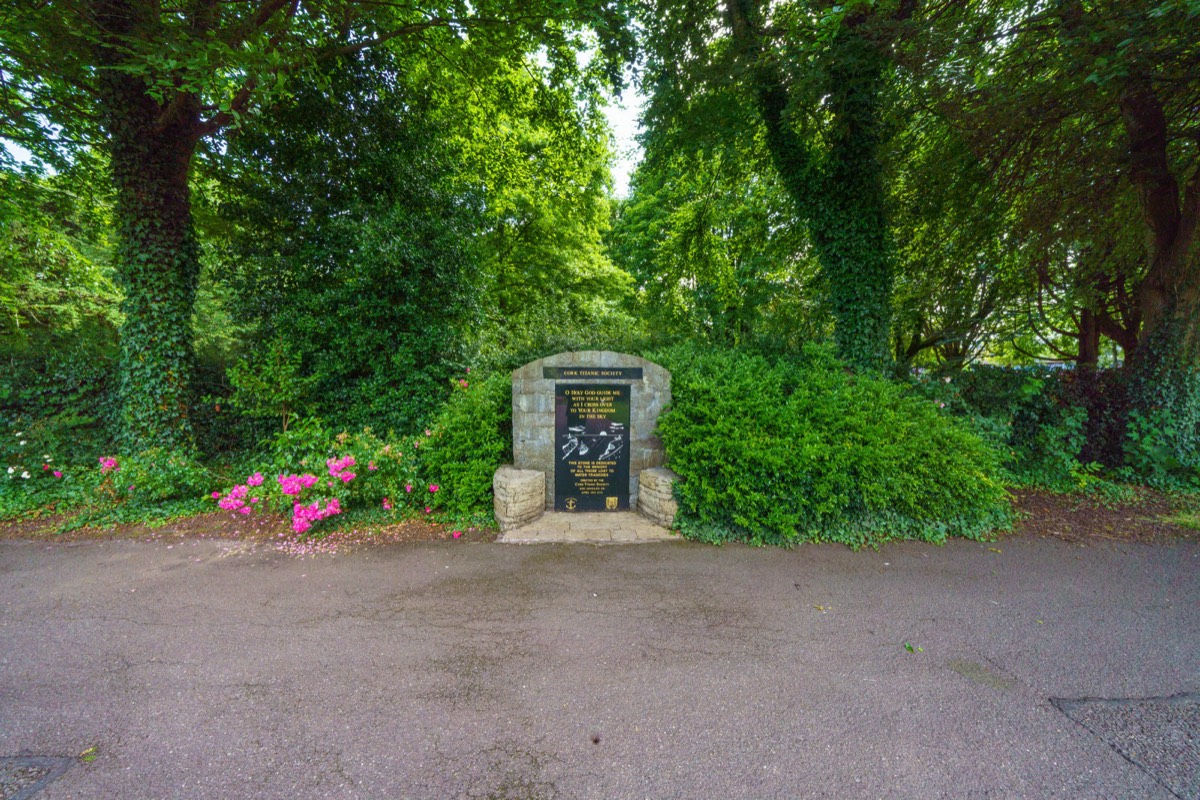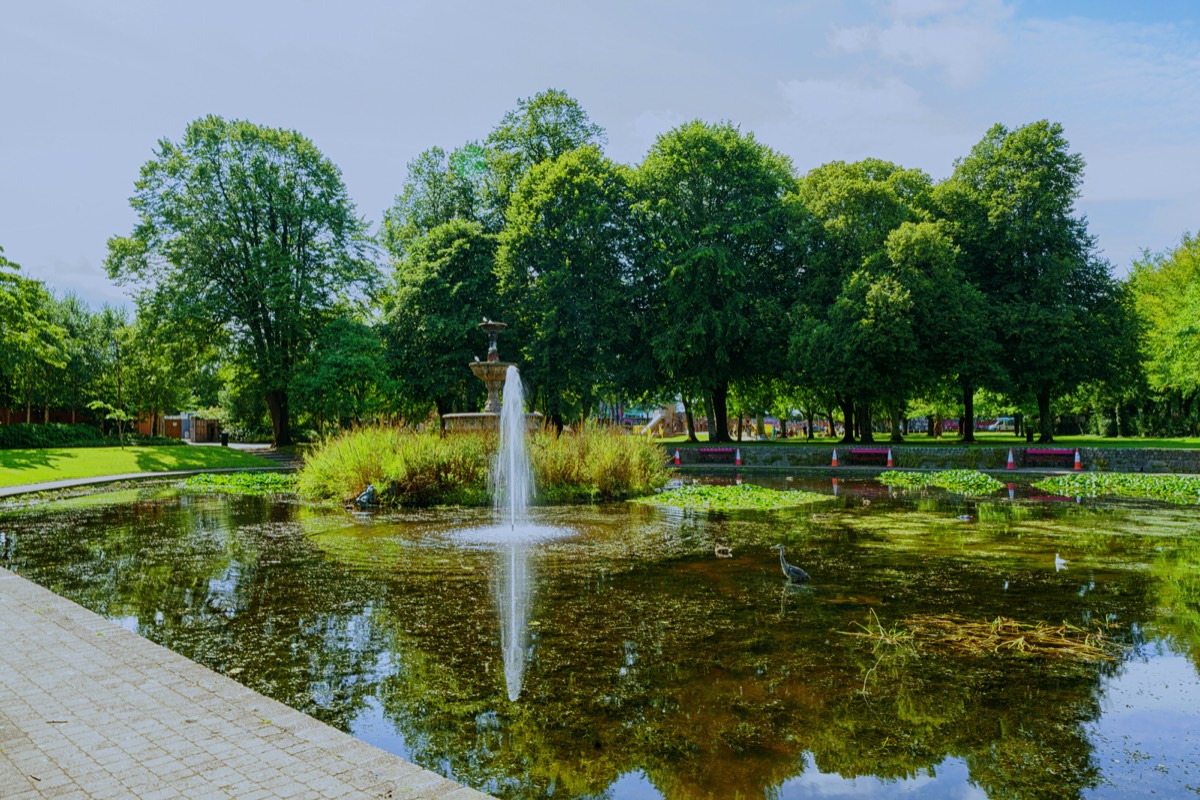MARDYKE AREA - AUGUST 2021
IMAGES ARE OPTIONS
The Mardyke is an area in Cork city, on the northern half of the long western part of the island formed by the two channels of the River Lee near the city centre. It was historically left as open space, because the land along the north channel of the river is prone to flooding. From east to west these open spaces are: Presentation Brothers College, a boy's secondary school; the Mardyke ground of Cork County Cricket Club; Fitzgerald Park, which includes Cork Public Museum; Sunday's Well Lawn Tennis Club; and the athletic grounds of University College Cork.
The original dyke was constructed in 1719 by Edward Webber, the city clerk, who owned what were then marshy islands west of the walled city. He drained and landscaped the area, building a dyke topped by a straight promenade leading to a redbrick teahouse in Dutch style. The area became fashionable and the promenade was dubbed the Red House Walk or Meer Dyke Walk after the Meer Dyke in Amsterdam. Dutch influence was strong among the Protestant Ascendancy in the decades after the Williamite War in Ireland. After Webber's death the land was bought and further developed by future mayor James Morrison. The route of the promenade corresponds to the modern streets Dyke Parade and Mardyke Walk.
The Mardyke is mentioned in the second verse of the folksong, I Know My Love: "There is a dance house in Mar'dyke [sic] / And there my true love goes every night".
The Mardyke is also mentioned in James Joyce's A Portrait of the Artist as a Young Man: "The leaves of the trees along the Mardyke were astir and whispering in the sunlight. A team of cricketers passed, agile young men in flannels and blazers, one of them carrying the long green wicket bag."
In the early 20th century, the then Lord Mayor of Cork Edward Fitzgerald, proposed that a large public exhibition be held in Cork in the Mardyke area. 44 acres of Mardyke parkland were hence set aside as the site of the 1902 Cork International Exhibition. The central section of the Mardyke exhibition site (approximately 12 acres) is now known as Fitzgeralds Park, and includes the Cork Public Museum, a large children's play area, and a skatepark. The area of the park is joined to Sunday's Well across the River Lee by Daly's bridge (a pedestrian suspension bridge known locally as the "Shakey Bridge").
The original dyke was constructed in 1719 by Edward Webber, the city clerk, who owned what were then marshy islands west of the walled city. He drained and landscaped the area, building a dyke topped by a straight promenade leading to a redbrick teahouse in Dutch style. The area became fashionable and the promenade was dubbed the Red House Walk or Meer Dyke Walk after the Meer Dyke in Amsterdam. Dutch influence was strong among the Protestant Ascendancy in the decades after the Williamite War in Ireland. After Webber's death the land was bought and further developed by future mayor James Morrison. The route of the promenade corresponds to the modern streets Dyke Parade and Mardyke Walk.
The Mardyke is mentioned in the second verse of the folksong, I Know My Love: "There is a dance house in Mar'dyke [sic] / And there my true love goes every night".
The Mardyke is also mentioned in James Joyce's A Portrait of the Artist as a Young Man: "The leaves of the trees along the Mardyke were astir and whispering in the sunlight. A team of cricketers passed, agile young men in flannels and blazers, one of them carrying the long green wicket bag."
In the early 20th century, the then Lord Mayor of Cork Edward Fitzgerald, proposed that a large public exhibition be held in Cork in the Mardyke area. 44 acres of Mardyke parkland were hence set aside as the site of the 1902 Cork International Exhibition. The central section of the Mardyke exhibition site (approximately 12 acres) is now known as Fitzgeralds Park, and includes the Cork Public Museum, a large children's play area, and a skatepark. The area of the park is joined to Sunday's Well across the River Lee by Daly's bridge (a pedestrian suspension bridge known locally as the "Shakey Bridge").
Bandfield is a new site-specific artwork presented as part of the Mardyke 300 celebrations.
2019 marked the 300th anniversary of the construction of the public recreation area of the Mardyke in Cork city. To mark this unique moment in the city’s history, the Glucksman invited artist Deirdre Breen to create a large scale artwork at the site of the original bandstand in front of the UCC Ceremonial Gates on Western Road.
2019 marked the 300th anniversary of the construction of the public recreation area of the Mardyke in Cork city. To mark this unique moment in the city’s history, the Glucksman invited artist Deirdre Breen to create a large scale artwork at the site of the original bandstand in front of the UCC Ceremonial Gates on Western Road.
THE PHOTO DIARY IS NOT LIMITED TO CORK AS I ONLY VISIT THE CITY ONCE EVERY YEAR AND 2020 MAY BE AN EXCEPTION. I AM BASED IN DUBLIN BUT DURING THE SUMMER MONTHS I VISIT BELFAST, LIMERICK, GALWAY, KILKENNY AND WATERFORD AND USUALLY DEVOTE A WEEK TO PHOTOGRAPHING EACH OF THE CITIES IN QUESTION
You will find links to buy products from Amazon, Google and other partners. If you click on these links, you’ll find that the URL includes a small extra piece of text which identifies that the click came from my websites. This text is an affiliate code, and it means that I get a small percentage of the money you spend if you choose to buy that product, or, in some cases, other products from the site soon after. These affiliate links help pay the costs of producing my websites and ensure that the content is free to you.






